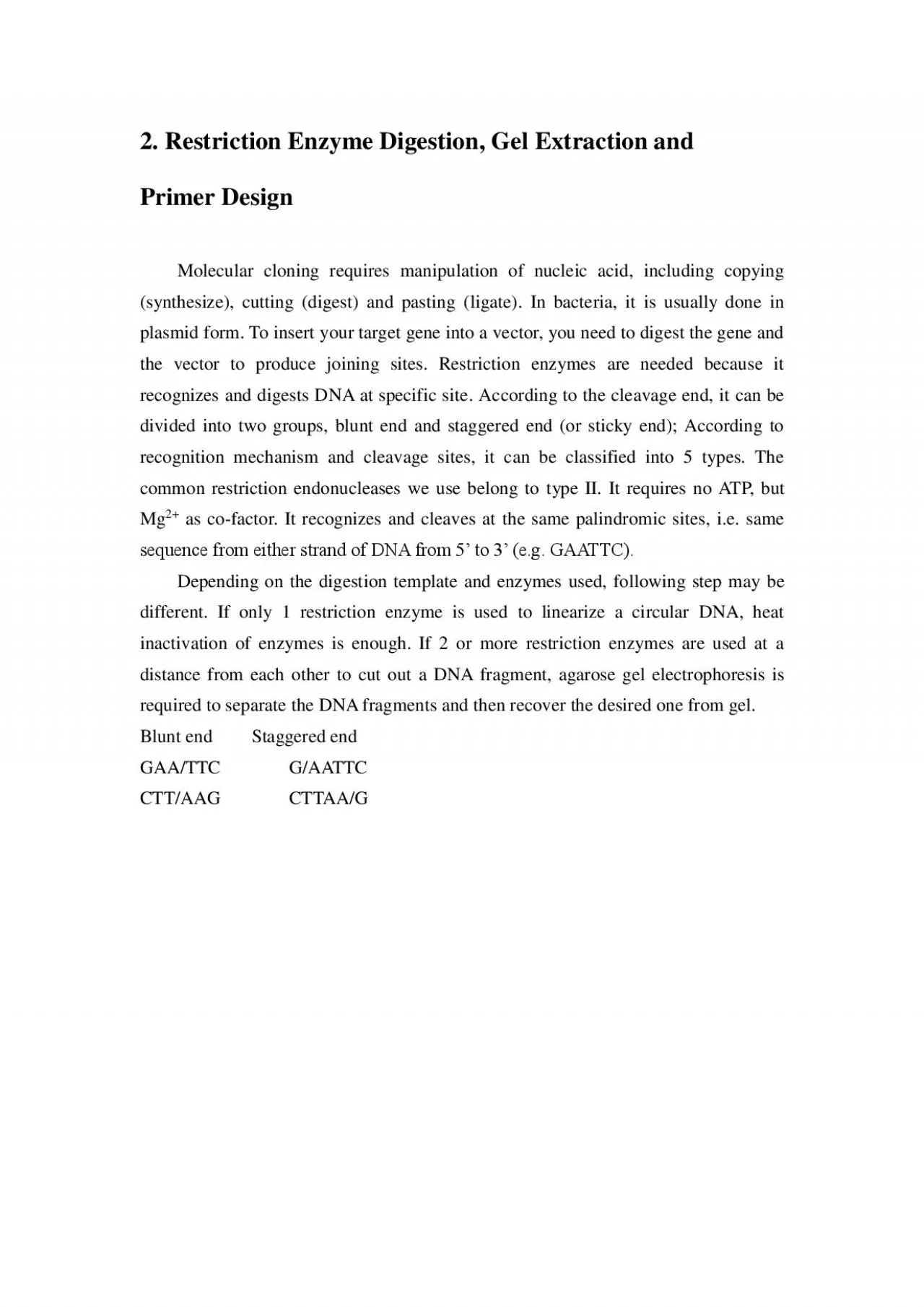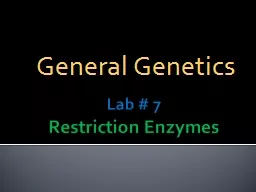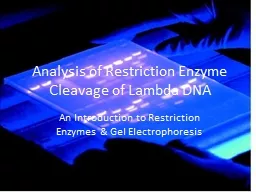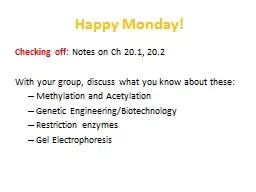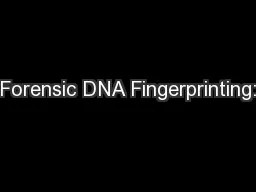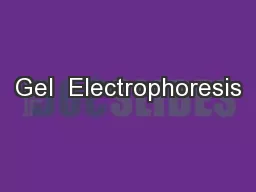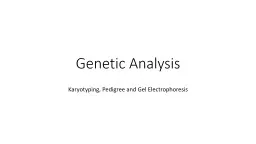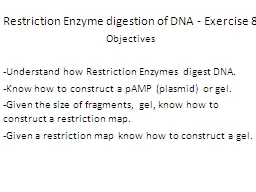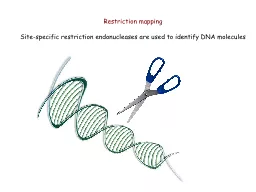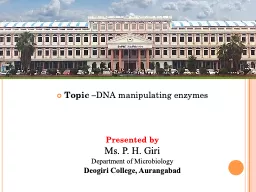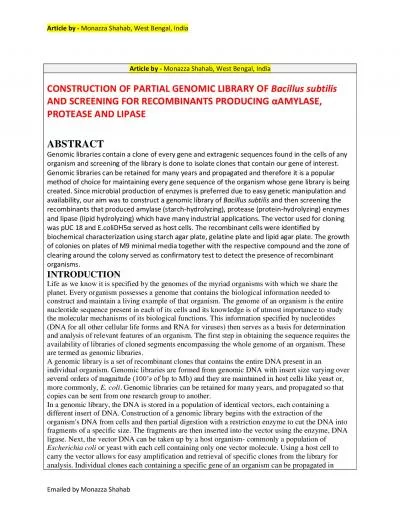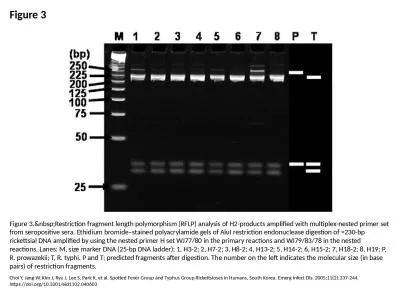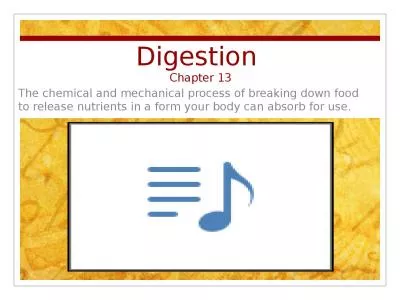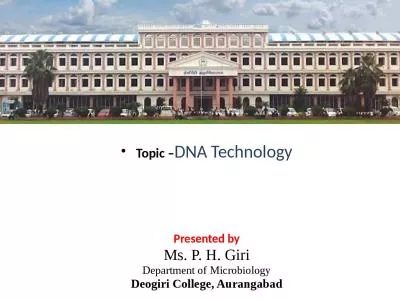PDF-2 Restriction Enzyme Digestion Gel Extraction and
Author : anya | Published Date : 2022-09-08
Primer Design Molecular cloning requires manipulation of nucleic acid including copying synthesize cutting digest and pasting ligate In bacteria it is usually done
Presentation Embed Code
Download Presentation
Download Presentation The PPT/PDF document "2 Restriction Enzyme Digestion Gel Extra..." is the property of its rightful owner. Permission is granted to download and print the materials on this website for personal, non-commercial use only, and to display it on your personal computer provided you do not modify the materials and that you retain all copyright notices contained in the materials. By downloading content from our website, you accept the terms of this agreement.
2 Restriction Enzyme Digestion Gel Extraction and: Transcript
Download Rules Of Document
"2 Restriction Enzyme Digestion Gel Extraction and"The content belongs to its owner. You may download and print it for personal use, without modification, and keep all copyright notices. By downloading, you agree to these terms.
Related Documents

